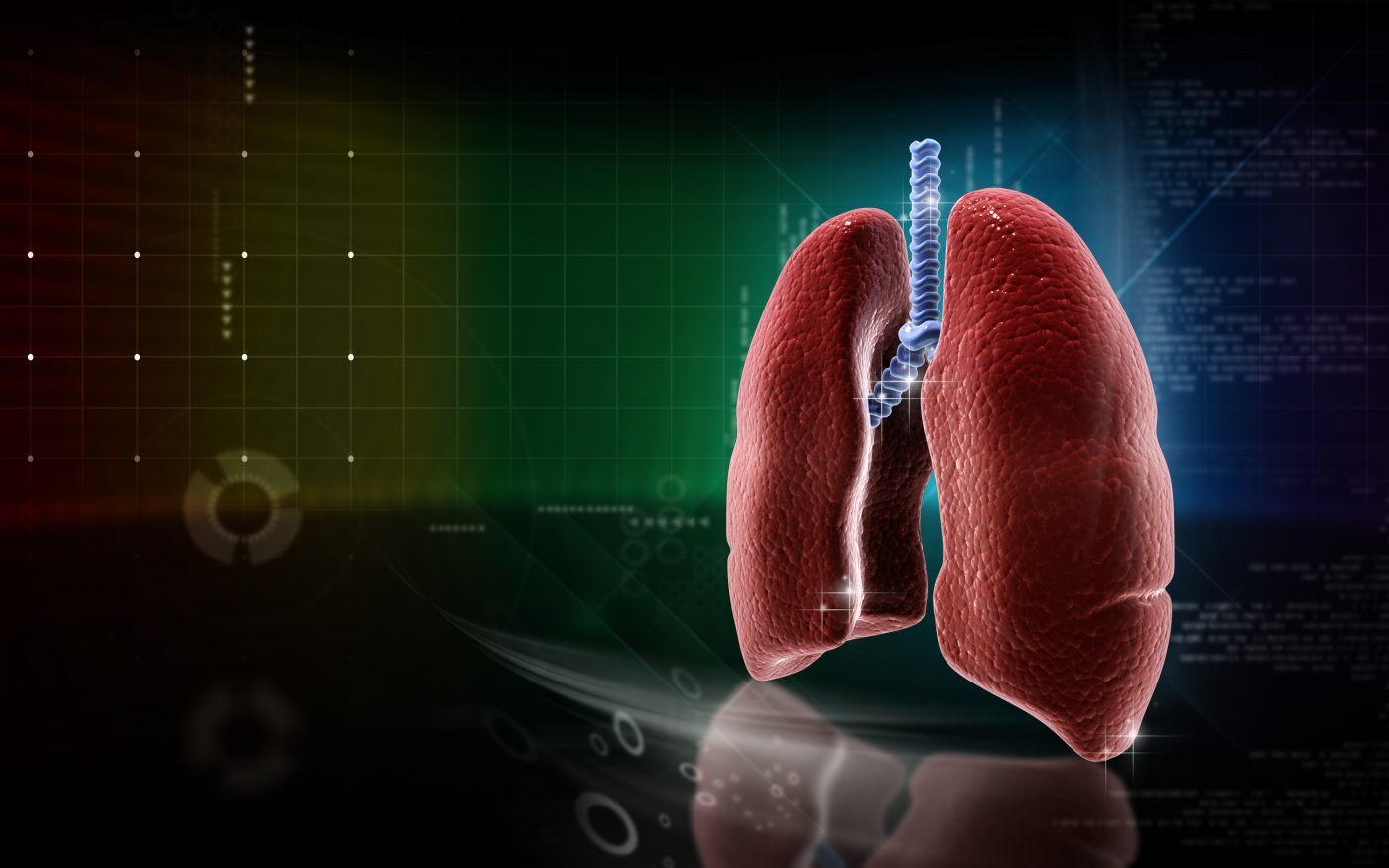Engineered Cell Models Seen as Best for Capturing Living Lung Response

Engineered models of the lung and trachea replicate the cellular dynamics found in living organisms better than other models used to study these cells in culture, a new study suggests.
These engineered artificial lungs and tracheas may be more suitable to study cell-based therapies for lung diseases like pulmonary fibrosis, its researchers suggest.
The study, “Platform Effects on Regeneration by Pulmonary Basal Cells as Evaluated by Single-Cell RNA Sequencing,” was published in the journal Cell Reports.
Doing research on the lung requires understanding how lung cells behave, which can be difficult to ascertain in living animals. It is often necessary to use culture models, which can be more easily manipulated and studied in a lab setting.
Several culture models exist for this purpose. One involves growing lung cells into a three-dimensional structure called an organoid. Another model, called the air-liquid interface (ALI), involves growing cells on top of a plastic filter, sort of like how grass grows on a lawn.
Other types of models involve organ engineering. Conceptually, this involves creating a scaffold of the organ of interest. This scaffold is basically the organ itself, but with all of the cells removed so that only the architecture and the matrix proteins (the extracellular matrix, or ECM, that provide support to cells) remain. Then, cells can be ‘seeded’ on to these scaffolds, repopulating them.
In this study, researchers at Yale University compared four culture models of the lung and airways: organoids, ALI, engineered lung, and engineered trachea (the ‘windpipe,’ or tube that goes from the mouth to the lungs).
“Rather than focusing on a specific disease, we tried to better understand the tools that the whole pulmonary field is using to study diseases,” Allison Greaney, a graduate student at Yale and the study’s first author, said in a university news release.
The models were evaluated using single-cell RNA sequencing. This technology can reveal the transcriptome of individual cells — essentially, which genes are ‘turned on,’ and the extent to which they are.
Using computer algorithms, the researchers compared the cell-by-cell transcriptome profiles of each of the culture models to that found in living animals (all experiments were done with rat cells). In this way they could ascertain which model best replicated what was seen in the animals. Importantly, the same starting type of cells and the same culture medium were used; the only difference was the platform on which the cells were grown.
Broadly, the two engineered models were found to be more similar to living animals than the organoid or ALI models — in both latter models there were culture-specific irregularities not found in the engineered models or the native tissue.
“We found that artificial culture platforms are uniquely associated with transcriptomic patterns reflecting cellular assimilation to the artificial culture environment,” the researchers wrote. In other words, the cells’ transcriptomes appeared to change because of stimuli present in the culture environments (such as rigid plastic or more fluid gels) that are not present in living bodies.
The findings suggest that “cells grown in engineered lungs and tracheas more closely resemble native lung and trachea cells,” said Laura Niklason, PhD, MD, a Yale professor and the study’s senior author. “These engineered constructs provide a more realistic environment for cells than the hydrogel or the plastic filter of the other platforms. The engineered cells were able to recognize and assimilate to those specific environments.”
“Not many people use engineered trachea or lung constructs in our field because they are somewhat more difficult to work with,” Greaney added, “but the beneficial effects on cells we found in this study suggests that it is worth the extra effort.”







